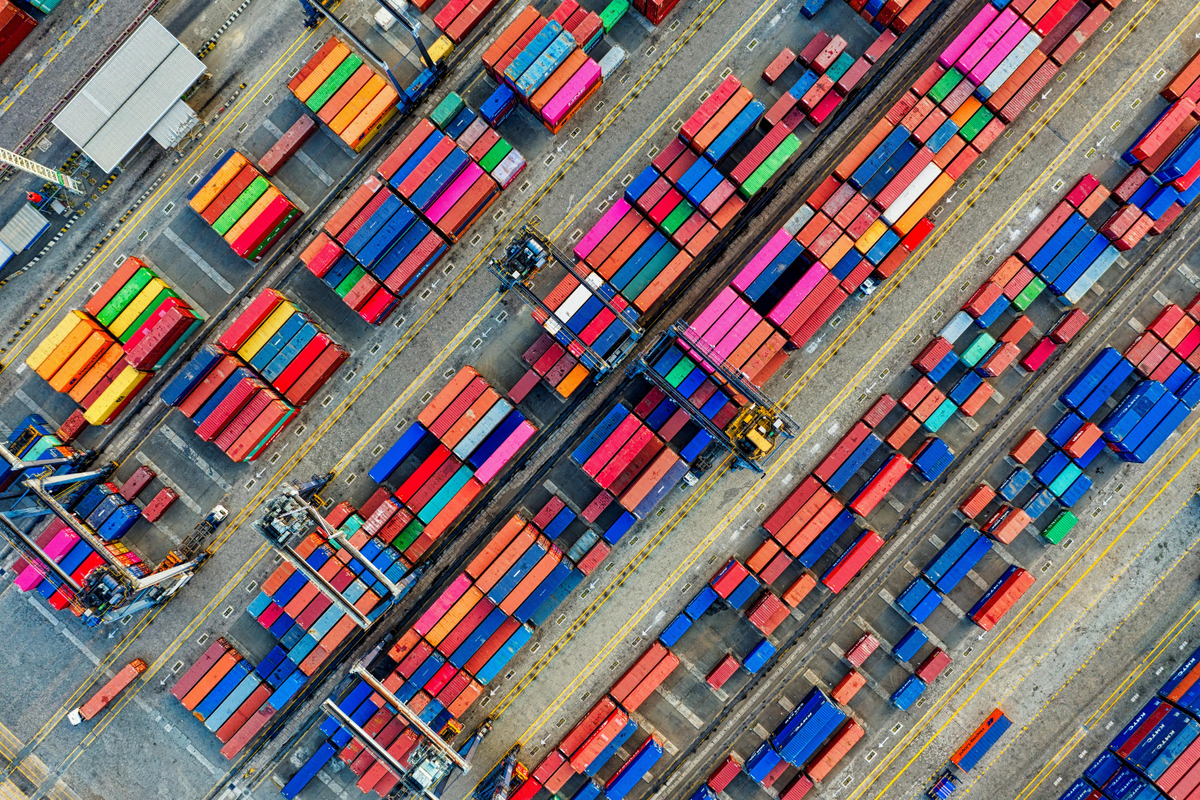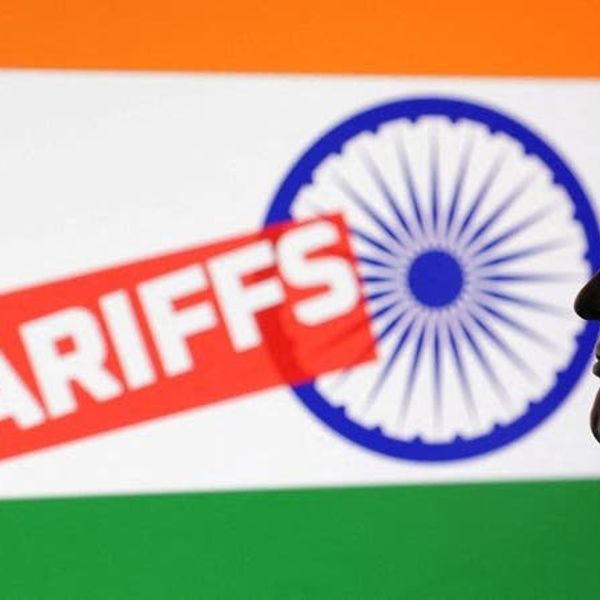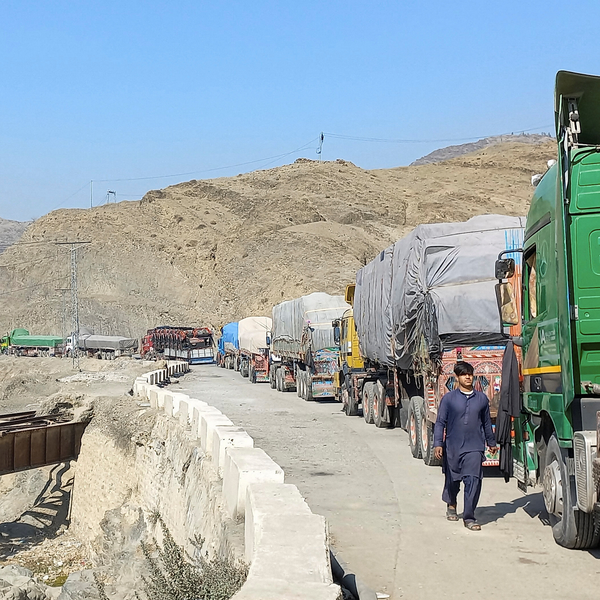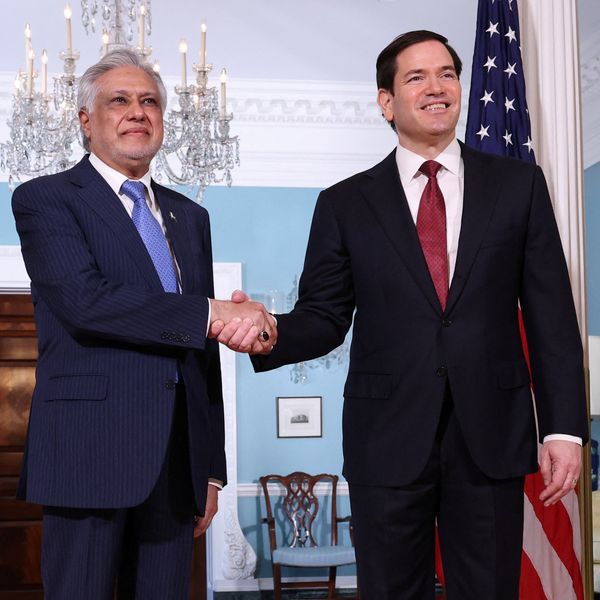Pakistan unveils tariff reforms to bolster competitiveness
New SROs slash auto import duties, phase out customs exemptions and signal margin shifts across key sectors
Business Desk
The Business Desk tracks economic trends, market movements, and business developments, offering analysis of both local and global financial news.

The Pakistani government has issued new statutory regulatory orders (SROs) aimed at rationalizing the country’s tariff structure to boost industrial competitiveness.
The changes follow the approval of the budget for fiscal year 2025-26 and are designed to simplify the customs duty regime, reduce tariffs on raw materials and intermediate goods, and gradually eliminate additional customs duty (ACD) and regulatory duties (RDs).
Under the revised framework, customs duty slabs have been reset to 5%, 10%, and 15%, replacing the previous rates of 3%, 11%, and 16%. Duties exceeding 16% will largely remain intact, while the 0% duty rate now applies to a broader set of Pakistan Customs Tariff (PCT) codes.
ACD has been lowered to 0%, 2%, 4%, and 6%, down from the prior 2%, 4%, 6%, and 7%.
Regulatory duties have been abolished across several PCT lines, and the maximum RD rate has been reduced significantly from 90% to 50%. In parallel, the Fifth Schedule of the Customs Act, which governs exemption protocols, will be phased out over the next five years.
The auto sector has witnessed the sharpest tariff reductions, with cumulative duties on passenger vehicles up to 1,800cc dropping by six percentage points, and those above 1,800cc slashed by 41 percentage points.
As duties phase out and authorities explore regulatory frameworks allowing imports of older commercial vehicles, potentially between six and seven years of age, the share of imported units, currently around 28%, is expected to rise.
An analyst at AKD Securities said this shift will compel domestic auto manufacturers to recalibrate pricing strategies and improve product offerings to remain competitive, likely causing margin compression over the next four to five years.
In contrast, the steel and chemical sectors may bear the brunt of the tariff restructuring. Steel producers face disproportionate duty reductions between raw materials and finished products, with tariffs on cast iron scrap lowered by two percentage points, compared to 5–11 point reductions on end-products.
Chemical producers are also squeezed, with input tariffs cut by up to two percentage points, while tariffs on finished chemicals have been reduced by three to 11 points.
However, the textile value chain stands to benefit from lower tariffs on yarn and fabric inputs.
AKD Securities analysts predict the rationalized tariff regime will ultimately boost industrial efficiency and deliver long-term consumer benefits. While auto assemblers may see normalization of margins from previously elevated levels, the chemical, steel, and textile spinning and weaving industries could face continued margin pressure.
The projected impact on Pakistan’s trade balance is expected to be contained, with incremental imports.










Comments
See what people are discussing